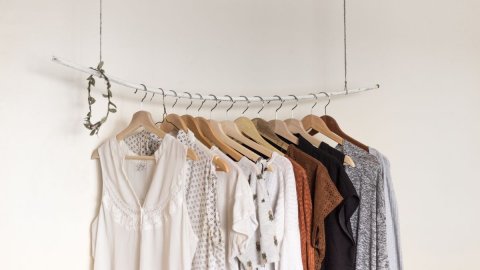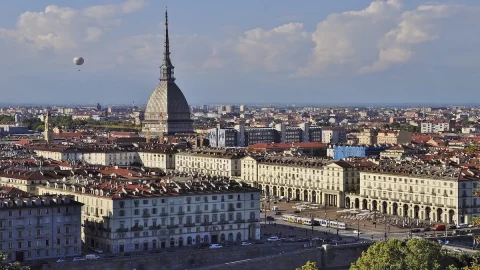The golden age ofItalian textile industry continues. 2023 should confirm or surpass the good results of 2022, which closed with production increasing by 32,4% compared to 2021 and a turnover of over 8 billion of Euro. The fashion shows of Italian designers are always among the most popular in the world and Paris and Milan are at the top of the buyers' list.
Il end of life of clothing products, however, stays away from the glittering fashion shows in locations and châteaux. A discarded dress, in addition to being able to be put up for sale online, can fuel a sustainable economic circuit with large-scale reflections. The clothes we wear are in fact, rightly, among the consumer goods that should not be dispersed into the environment and those who respect the European legislation on Extended Producer Responsibility (EPR) also do excellent business.
Textiles: must be recovered to avoid damaging the environment
Erion, the consortium system for waste management in Italy seized the opportunity and announced the birth of Erion Textiles a dedicated structure. Among the founding members are Amazon, Artsana, Essenza, Miroglio Fashion, Rimoda Lab. The business focuses on the end of textile products. Anyone who imports finished textile products must bear the responsibility life cycle of its products from the moment they are placed on the market until the moment they they become waste. The new Consortium is open to all manufacturers in the sector in order to create a first chain of recovery economy.
Another chapter. Do Italians throw away used clothes? Yes, like in every part of the world, after all. What ends up in yellow bins or collection centers is still transformed into hard cash and not always in a legal way. Finally, it should be underlined that, based on the data, separate waste collection in textiles in 2021 was 154 thousand tons. The separate collection of clothes per capita is low: just 2,6 kg per inhabitant. Applying the principle of producer responsibility to an organization that bases its industrial value on recycling yes limits the power of criminal organizations.
The parliamentary anti-mafia commission has repeatedly ascertained illegality "from black market trade of used clothing not traced to the origin, to illegal bins, to systematic infringements of sanitation regulations" we read in a report from the weekly International. Estimates speak of an illegal supply chain worth more than that 200 million euro that reaches third countries.
Will it be possible to stop deception and violations in factories? For Raffaele Guzzon, President of Erion Textiles we set out to create "a balanced supply chain not driven by particular interests, but committed to achieving environmental, economic and social benefits to promote a sustainable future”.





